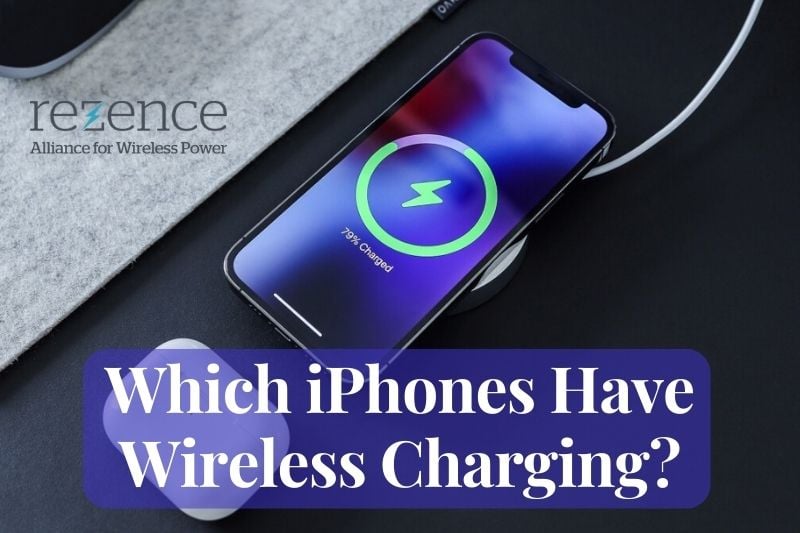Wireless charging is a way to charge your phone without having to plug it in. When you place your phone on a compatible charging pad, the phone’s coils will align with the electromagnetic field and begin to charge the battery. But, does iPhone have wireless charging and which iPhones have wireless charging? Let figure out the answers with Rezence!
What Is Wireless Charging?
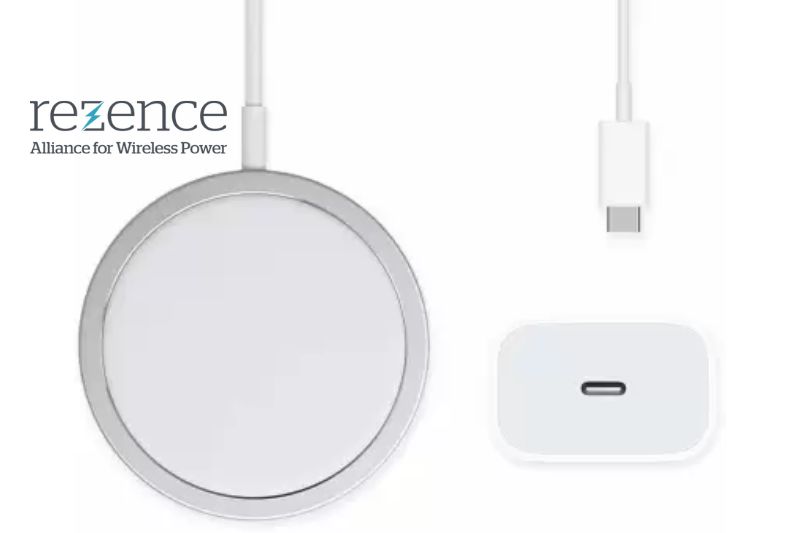
Wireless charging is a form of electromagnetic induction, in which a coil of silver-plated copper or aluminum in your phone creates an electromagnetic field when placed on a compatible charging pad. This electromagnetic field then inductively charges your phone. The electricity generated by your iPhone’s battery is converted into direct current (DC) energy and then pushed back into the battery.
Does Iphone Have Wireless Charging?
The answer is YES. To align your iPhone 11 or later’s coils with a wireless charger, simply line up the Apple logo on the back of your phone with the charger. For older iPhones, you’ll need to align the center of your phone with the wireless charging mat. As with wired charging, you’ll see your phone light up when charging begins. Wireless charging is compatible with most cases, but you may have some issues with thicker, heavy-duty cases.
When it comes to charging speed, you can get up to 7.5W for fast wireless charging, and 5W for standard charging. There is one exception though, and that is Apple’s MagSafe charger.
If you own an iPhone 14 series phone, MagSafe enables speeds of up to 15W for even faster wireless charging. With Apple’s first-party charger, you can get the full 15W of charging power, whereas other third-party MagSafe chargers are still limited to 7.5W. Older iPhones will have the same 7.5W restriction, even with Apple’s first-party charger.
MagSafe‘s $40 price tag might make you do a double take, but it does have some advantages over other wireless chargers. Most notably, it addresses the biggest issue with wireless charging: you can’t use and charge your phone at the same time. MagSafe does this by, you guessed it, adding magnets to both the phone and the charger. The magnetic connection provides a perfect alignment each time, enabling that fast 15W of charging.
Most modern devices, including the iPhone and accessories such as AirPods, use the Qi wireless charging standard. Wireless charging is a convenient way to keep your devices powered up without having to physically plug in a cable.
Although wireless charging is convenient, it has its downsides. For example, it typically doesn’t charge as fast as wired charging and in most cases, you won’t be able to use your phone and charge at the same time. If you happen to not align the charging mat and your phone right before bed, you may be in for a long night.
If you have a case that stores credit cards, RFID chips, or anything similar, you should avoid wireless charging, as it could permanently damage your cards. In the morning, you’ll likely be looking at a nearly dead phone.
If you’re looking to juice up quickly, you’ll want to plug in via the Lightning port. Wireless charging times can vary depending on the charger, but for the most part, you’re looking at about 3 to 3.5 hours for a full charge. In comparison, using a 20W power adapter and a Lightning to USB-C cable will get you fully charged in just under 90 minutes.
Which iPhones Have Wireless Charging
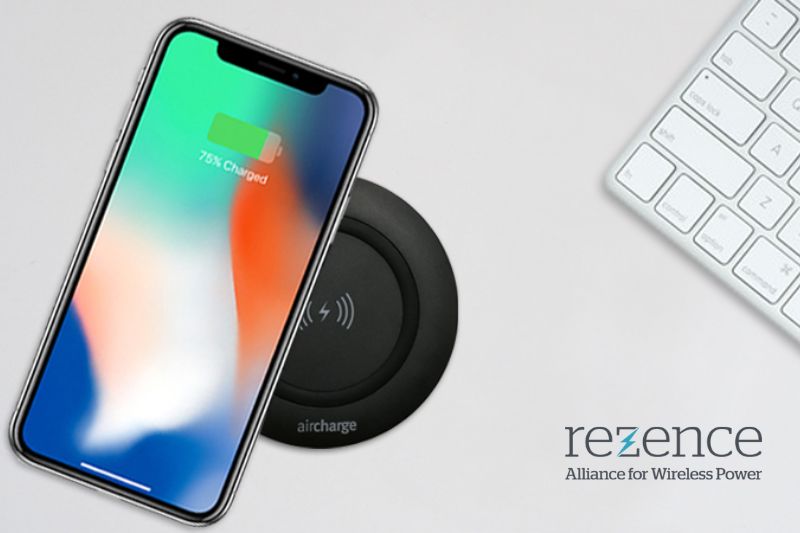
You can tell if your iPhone supports wireless charging by checking the back panel. If it is made out of glass, then your device is compatible with this type of charging. Wireless charging doesn’t work with aluminum or other metals, so Apple made the switch to glass starting with the iPhone 8 series.
The following iPhones support wireless charging:
- iPhone 14 Pro, 14 Pro Max
- iPhone 14, 14 Plus
- iPhone 13 Pro, 13 Pro Max
- iPhone 13 and 13 mini
- iPhone 12 Pro and 12 Pro Max
- iPhone 12 and 12 mini
- iPhone SE (2nd/3rd generation)
- iPhone 11 Pro, 11 Pro Max
- iPhone 11
- iPhone XR
- iPhone Xs and Xs Max
- iPhone X
- iPhone 8 and 8 Plus
You can also expect that future iPhone models will include wireless charging.
How To Charge Your iPhone Wirelessly
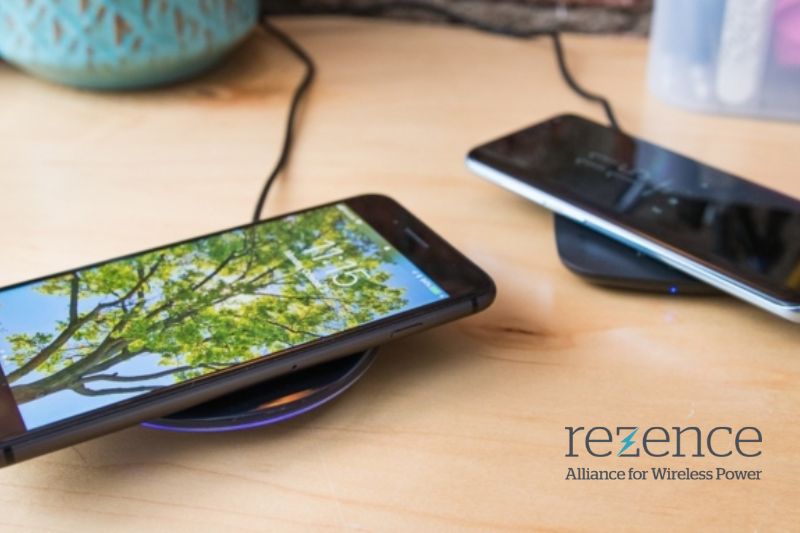
Now that we’ve established which iPhones have wireless charging capability, we’ve explained how to use this feature on your iPhone below. But before we get into that, here’s what you’ll need to charge your iPhone wirelessly:
- An iPhone 8 or later
- A Qi-certified charger
To charge your iPhone with a wireless charger, follow these steps:
- Connect the wireless charger to power. Only use the power adapter that came with your accessory, or one that the manufacturer recommends.
- Place your wireless charger on a level surface
- Make sure to place your iPhone 8 or later on the charger with the display facing up. Optimum performance can be achieved by placing the device in the center of the charger.
- After you place your iPhone on the wireless charger, it will start charging within a few seconds.
Apple updated its support page to make sure users were aware of the potential problems with the new MagSafe chargers before making a purchase, despite some reports of issues.
Can You Wirelessly Charge An iPhone With A Case On?
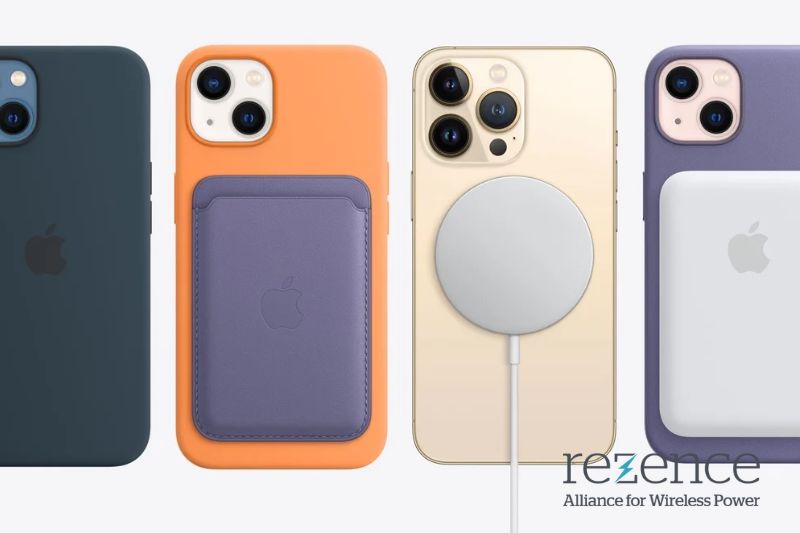
If you’re wondering if wireless charging works with a case, the short answer is yes! The iPhone doesn’t need direct contact with the wireless charger to initiate charging, so you should find the best iPhone X cases that work with wireless charging and start juicing up your phone.
Apple has issued a warning to users about its new MagSafe charger, sharing a few precautionary measures on its support page. According to Apple, if you want to get the most out of your iPhone’s battery, you should take care of a few things before charging it wirelessly.
Removing your iPhone case while charging is one of these things. Sometimes, if your iPhone case is thick, it can cause the iPhone to stop charging or charge slower. So, be sure to take care of these things before you start charging your iPhone wirelessly.
Here are some tips to help you preserve your iPhone battery life and avoid having to charge it every few hours.
Notable Tips
A few things to keep in mind when using a wireless charger:
- First, your iPhone will not charge wirelessly if it is physically connected to a charger or USB port. You can only charge it from one source or the other.
- Your iPhone might feel warmer than usual when you wirelessly charge it due to the unused energy that represents as heat. This tends to happen when the coils within the charging pad and phone are not lined up correctly, or if the battery isn’t fully collecting or storing energy.
- If your iPhone battery gets too warm, iOS might limit charging above 80 percent. Apple suggests moving the phone and charger to a cooler location. When the temperature drops, your iPhone will charge normally.
- Notifications, texts, and other alerts that use vibrations might shift your iPhone while it rests on the charger and stop the power transfer. To prevent this, simply put your iPhone in Do Not Disturb mode or turn off vibrations altogether when you charge it.
- If you’re the type that tosses and turns in your sleep, it might not be the best idea to keep your phone and charging pad next to your bed. Place them somewhere else in the room, so your iPhone can properly recharge, and you won’t be distracted by notification sounds.
Pros and Cons Of Wireless Chargers
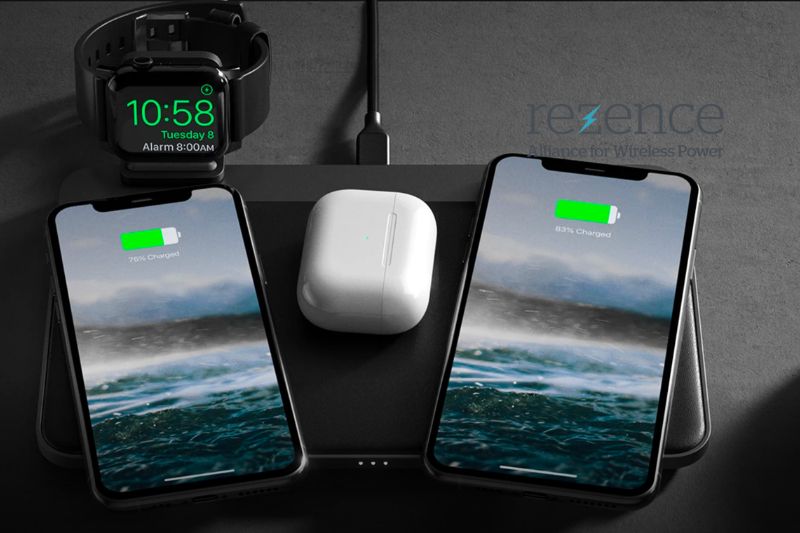
Pros of Wireless Chargers
Induction chargers, more commonly known as “wireless chargers,” are the perfect solution for charging your refurbished iPhone. They’re super practical because they don’t have cables that get damaged overtime.
What’s more, you only have to put your iPhone on the charging dock and it will start charging- no more fumbling around behind furniture to plug it in!
Cons of Wireless Charging
It may seem like a no-brainer to go wireless. But there are some disadvantages of wireless charging:
- It’s slow: Although wireless charging typically takes longer to charge your device than using a cable, there are a few things you can do to help speed up the process. For example, how you place your device on the mat can affect how long it takes to charge. Additionally, even in an ideal setup, 20% of the power running through your device will be wasted. Therefore, it’s important to keep these things in mind if you’re looking to conserve energy.
- You can’t use your phone: While your device is charging, it must stay on the mat. This means you can’t pick it up and use it as you normally would with a charging cable.
- It’s more expensive: Wireless chargers are a relatively new technology, and they can come with a hefty price tag. Depending on the size, they can cost anywhere between $40 and $100.
FAQs
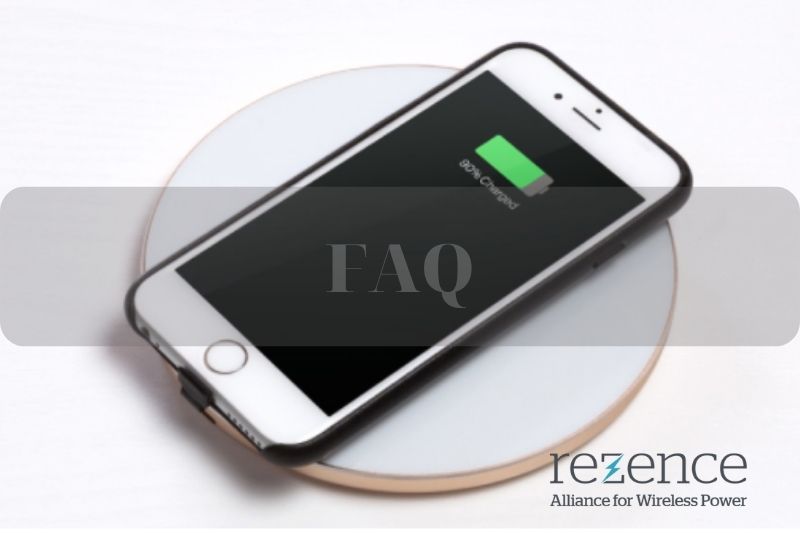
Is wireless charging bad for battery?
Although some may think that wireless charging will degrade your battery faster, it actually doesn’t. In fact, using a wireless charger can actually help to extend the battery’s lifespan.
Is wireless charging faster?
There’s no denying that wired charging is more efficient and faster than wireless charging technology. On average, it takes half the time to recharge your device wirelessly than it does with a wired connection.
Does iPhone 7 have wireless charging?
Nope, sorry. Wireless Charging requires a glass back, which the 7 doesn’t have. However, the iPhone 8 and newer models do support Wireless Charging.
Does iPhone 8 have wireless charger?
The iPhone 8 and 8 Plus are the two models of iPhone that have a Home button and also support wireless charging.
Does iPhone SE have wireless charging?
The iPhone SE has a sleek glass body with a built-in wireless charging coil to support Qi-based wireless charging. It is compatible with any 5W or 7.5W Qi-based wireless charging accessory, making it super convenient to keep your device charged on the go.
Does iPhone 11 have wireless charging?
The iPhone 11 can be wirelessly charged just like any other modern iPhone. If you place it on a Qi charging accessory, it will start charging without any problem. The wireless charging speed is a bit slow at just 7.5W, but the support is there regardless.
Conclusion
The future of wireless charging is looking very promising. With the release of new technologies, we are seeing a big push for wireless charging in iPhones and others like homes and businesses. This is a great way to keep your devices charged without having to worry about cords.
If you are interested in wireless charging, be sure to check out our website for more information. We offer a wide selection of wireless chargers that are perfect for any home or office.
Lists 10+ How To Run A Diagnostic On Iphone 2022: Must Read
The 7 How Many Iphone 11 Are There 2022: Must Read
The 10+ How To Watch Virtual Reality On Iphone 2022: Should Read

